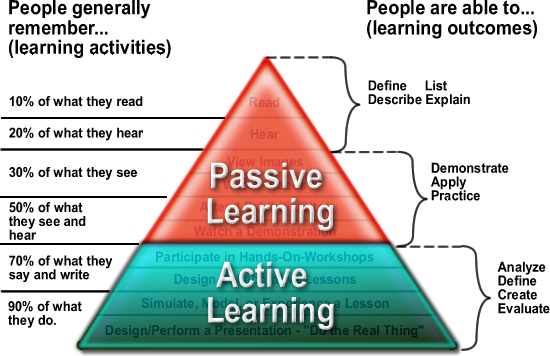After reading chapter 8 I would like to state that as a current student, I cannot express how appreciative I am for the ability to utilize social media outlets in the world of academia. Emailing my professors quick questions that I usually feel too embarrassed to ask in class has been a new level of comfort I lacked when I was in high school and receiving my grades via email have led to me jumping for joy in public. The worst part of any large assignment or exam, is waiting for the results. Thanks to this digital age, I no longer have to wait around for Monday morning or returning from break to get the feedback I so eagerly await. The feedback is more detailed and beneficial, as well, considering professors aren’t limited to a small box of space on my papers. I look forward to following these practices when I have a classroom of my own. I want my students to know that help is accessible at any time. Although, I don’t think I will ever be comfortable enough handing out my phone number for texting purposes, but with the wonderful apps of today, it is possible for me use a specific app for classroom communication. My email accounts are currently linked to my phone and at times I receive email notifications before texting, so for the time being that will suffice. Anything in the name of preventing stress or anxiety in my class!
The introductory paragraph to chapter 10 about Dan and his fear of the complexity of teaching really hit home with me. I share his fear as I’m sure others do. Any student seeking any profession surely envisions it to fit their needs, when you hear the factors that you didn’t know come with the package it can be overwhelming. Further in the chapter, when reading about the Universal design for learning (UDL), I found some relief. I don’t want any of my future students to fall between the cracks, I surely would at some point and time blame myself and my methods and wonder what I could have done differently. This UDL design though, is exactly what I was hoping to find further in the chapter. A practice that prepares the educator for addressing each students’ learning approaches, and the means to accommodate each student. My son is one our students on an IEP at his school, and at home I see his struggle. We work hard to get through his homework assignments and he receives praise for his accomplishments. It is so comforting to know that although the classroom isn’t centered on his learning approach, he is still able to keep up with his peers. I know this is because of the efforts and practices the teacher’s implement in the classroom. I think all of their hard work is partially what led me toward the education path myself. I would love to put back into the school system what my son and I have received from it. Alongside the teacher’s hard work and extra staff that assist him, the digital media in the class has really helped him. He can even bring it home, as we have devices that can access these particular apps and sites.
I made myself a mindmap to look back on in times of anxiety, to remind myself that there are actions to take to avoid feeling like I am going to let my students down.
To focus further on these digital tools that I am growing fonder of, I’m already a fan and full supporter of storybook apps! I love the idea of books coming to life in my hands. I am an avid fan of Pottermore, the interactive website that allows fans to further step in to the world of Harry Potter. As if that world wasn’t magical enough through my own interpretation and the films, now I get to play quidditch, practice my potions skills, and uncover hidden treasures throughout the books. It’s enchanting and has pulled me right back into the series. I wish these were around when I was a child! I genuinely loved to learn about biology and the ecosystem. I also loved going through historical events and envisioning what life must have been like. Not that I want to replace children’s imagination, but today’s youth can actually pick up a tablet or hop on a computer and take a virtual stroll through an ecosystem in their textbook. Images of cells will actually dance on screen and with just a few simple clicks, students can uncover all the components that lie inside of that cell. I’m sure I’m barely scraping the surface when thinking of the possibilities these interactive books provide children, but surely this is an engaging method for our digital age students. I share the concern that the game play aspect may be more of a distraction than an educational tool, but if used in moderation, I believe this a great asset for the classroom!
Resources
Giallanza, B. (2016, March 6) "How to ensure my students' success". Created with bubbl.us. https://bubbl.us/mindmap
Maloy, Robert, Verock-O’Loughlin,Ruth-Ellen, Edwards, Sharon A., and Woolf, Beverly Park (2013). Transforming Learning with New Technologies. 2nd Edition. Boston, MA: Pearson Education, Inc.


